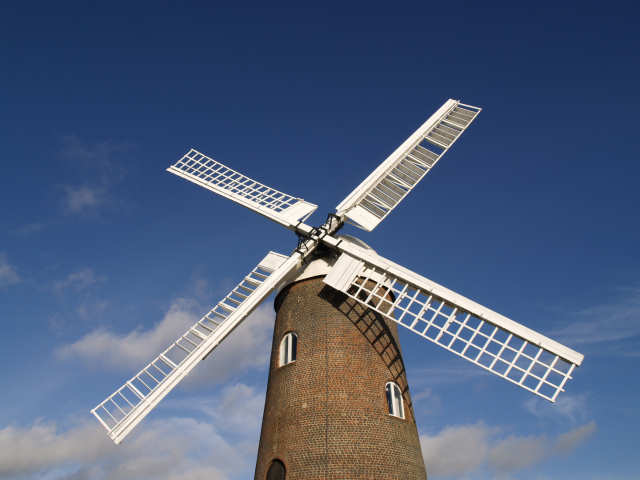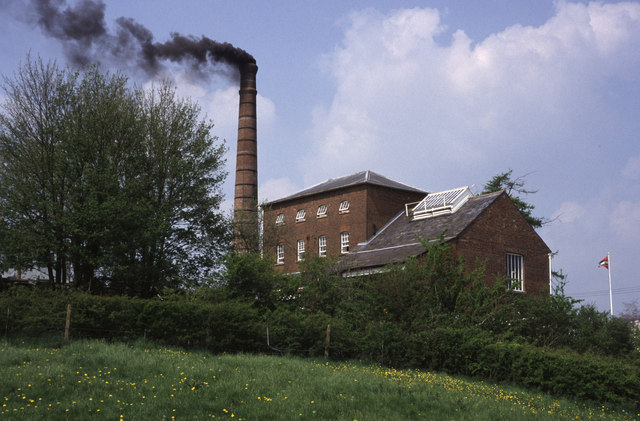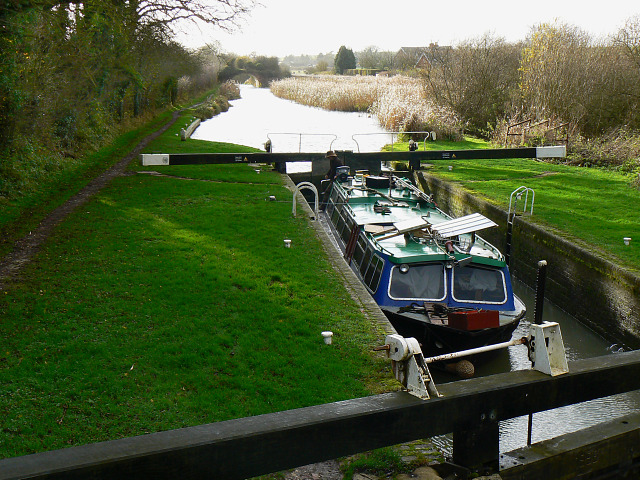Wilton
Settlement in Wiltshire
England
Wilton

The requested URL returned error: 429 Too Many Requests
If you have any feedback on the listing, please let us know in the comments section below.
Wilton Images
Images are sourced within 2km of 51.350461/-1.617861 or Grid Reference SU2661. Thanks to Geograph Open Source API. All images are credited.












Wilton is located at Grid Ref: SU2661 (Lat: 51.350461, Lng: -1.617861)
Unitary Authority: Wiltshire
Police Authority: Wiltshire
What 3 Words
///scornful.like.feed. Near Great Bedwyn, Wiltshire
Nearby Locations
Related Wikis
Wilton Windmill
The Wilton Windmill is a five-floor brick tower mill, standing on a chalk ridge between the villages of Wilton and Great Bedwyn in the southern English...
Wilton Water
Wilton Water (or Wide Waters) is a small reservoir, southwest of the village of Great Bedwyn in the English county of Wiltshire, which supplies the summit...
Crofton Pumping Station
Crofton Pumping Station, near the village of Great Bedwyn in Wiltshire, England, supplies the summit pound of the Kennet and Avon Canal with water. The...
Crofton Locks
Crofton Locks are a flight of locks on the Kennet and Avon Canal, near the village of Great Bedwyn, Wiltshire, England. The nine locks achieve a total...
Nearby Amenities
Located within 500m of 51.350461,-1.617861Have you been to Wilton?
Leave your review of Wilton below (or comments, questions and feedback).









